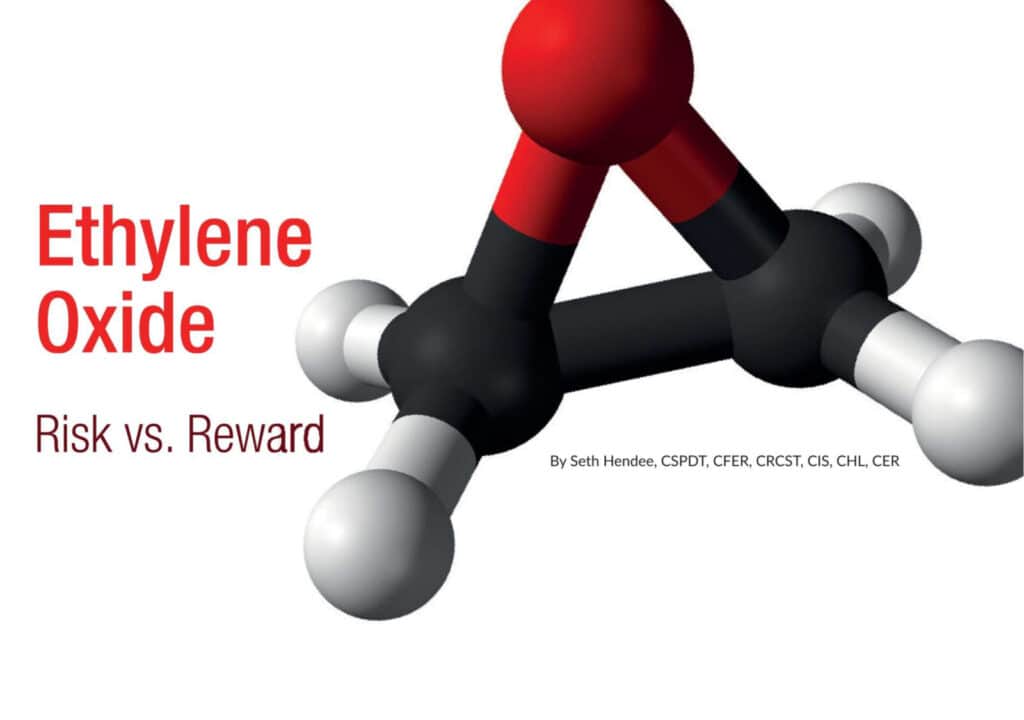
“EO Sterilization has continued to advance since the ’60s and ’70s, and while there are still risks, updates to the delivery technology, EO’s materials compatibility, and penetration capabilities mean there are rewards to the modality you should consider.”
Seth Hendee, CSPDT, CFER, CRCST, CIS, CHL, CER, is a clinical education specialist with Healthmark Industries, Inc. His article explores how EO sterilizes, recounts its history of efficacy and enumerates the modern updates to the modality, which revolutionized his opinion of EO sterilization.
View a pdf version or a flipbook version of the full article or see below.
EndoPro Mag
July/August 2023 Issue, Page 30-34
Spread the Word
Expert Guidance for Your Needs
Tell us about your sterilization requirements — our experts are here to guide you to the perfect EO solution.

